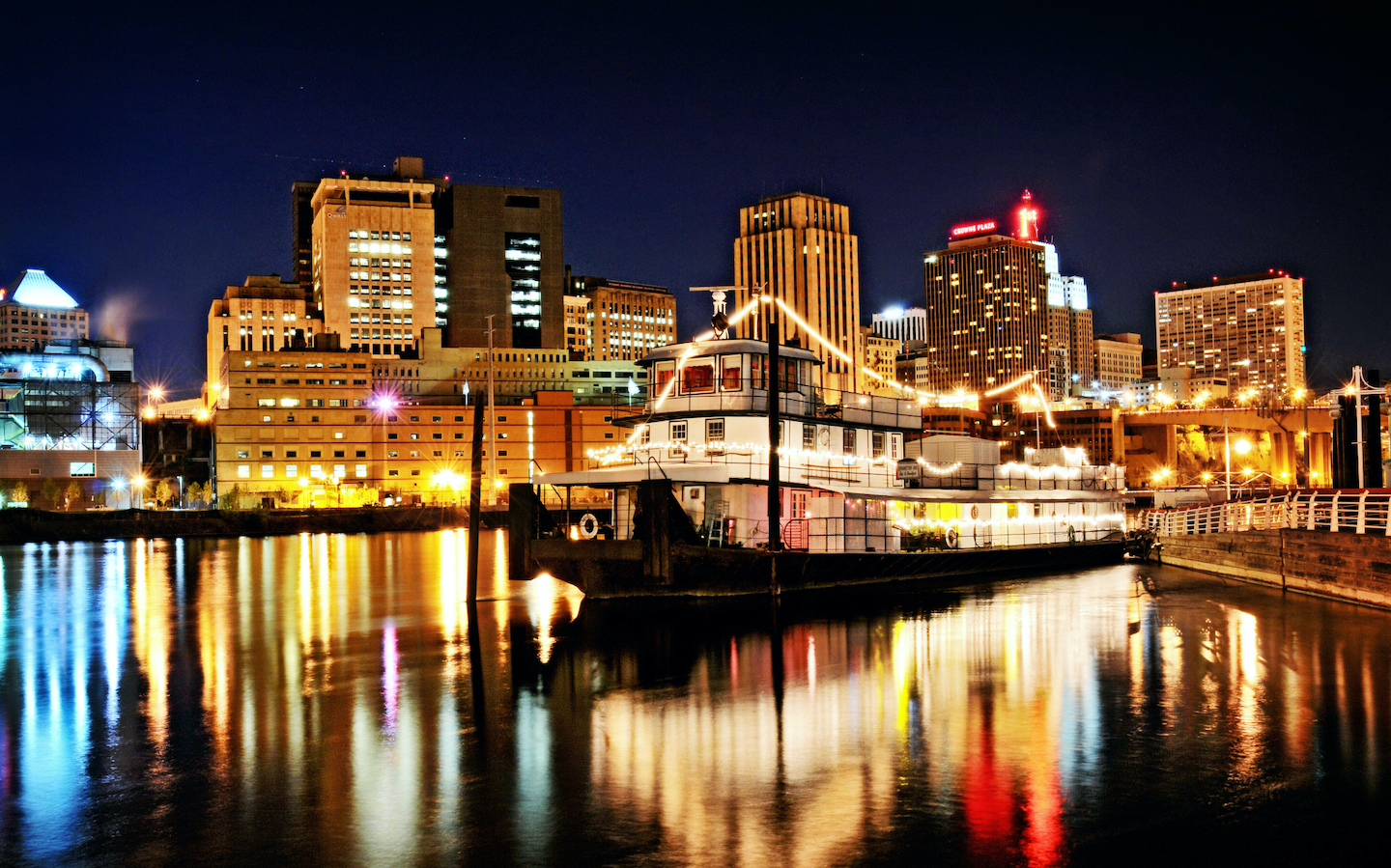Equitable cities create opportunities for all residents to achieve their highest potential. How Saint Paul grows, develops and invests over the next 20 years must be done in a way that reduces racial disparities in jobs, income, education and homeownership. Download a fact sheet.
Aging in community means that residents can stay in their community as they age. The entire community – not just a house or neighborhood – becomes a resource for health and activity. When people “age in community,” they continue to use the resources of their community – housing, transportation, services, shopping, health care, recreation – to stay active, healthy and engaged. Download a fact sheet.
Community/public health is impacted by everything a city does. Housing, transportation, land use, parks, and economic development opportunities need to be designed to enhance personal health. A healthy community provides for personal safety, a clean environment, access to nutritious food, and a robust parks and open space system. Download a fact sheet.
Economic development includes efforts to improve the economic well-being and quality of life of a community by creating and/or retaining jobs, and supporting or growing incomes and the tax base. In Saint Paul, economic development is a critical component of meeting our equity, diversity and growth goals, especially as we seek out innovative economic models for our culturally rich neighborhoods. Download a fact sheet.
Resiliency focuses on sustainability strategies aimed at protecting Saint Paul families from the effects of climate change. This includes creating green building standards, developing robust transit, designing multi-modal streets, and reducing our carbon footprint through energy and resource efficiencies. Download a fact sheet.
Urban design is the thoughtful arrangement of the public realm, or the public spaces between buildings (including parks, streets and sidewalks). Good urban design – the interaction between private development and public space – fosters activity, connection, beauty, safety, and economic value. Download a fact sheet.
